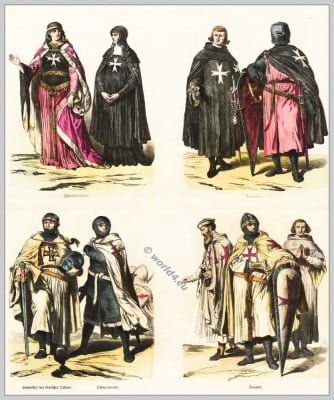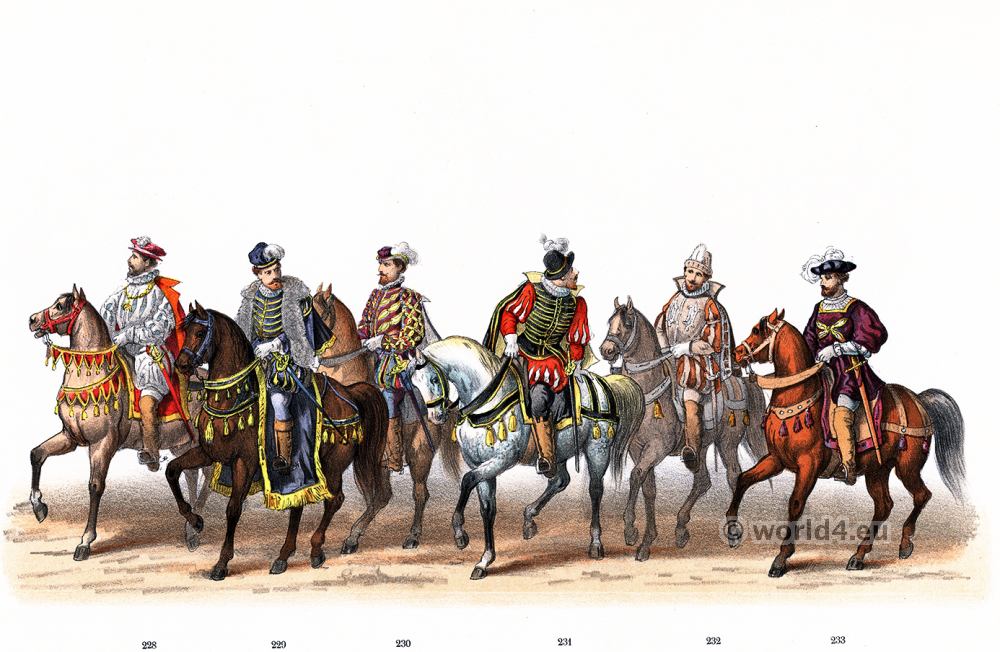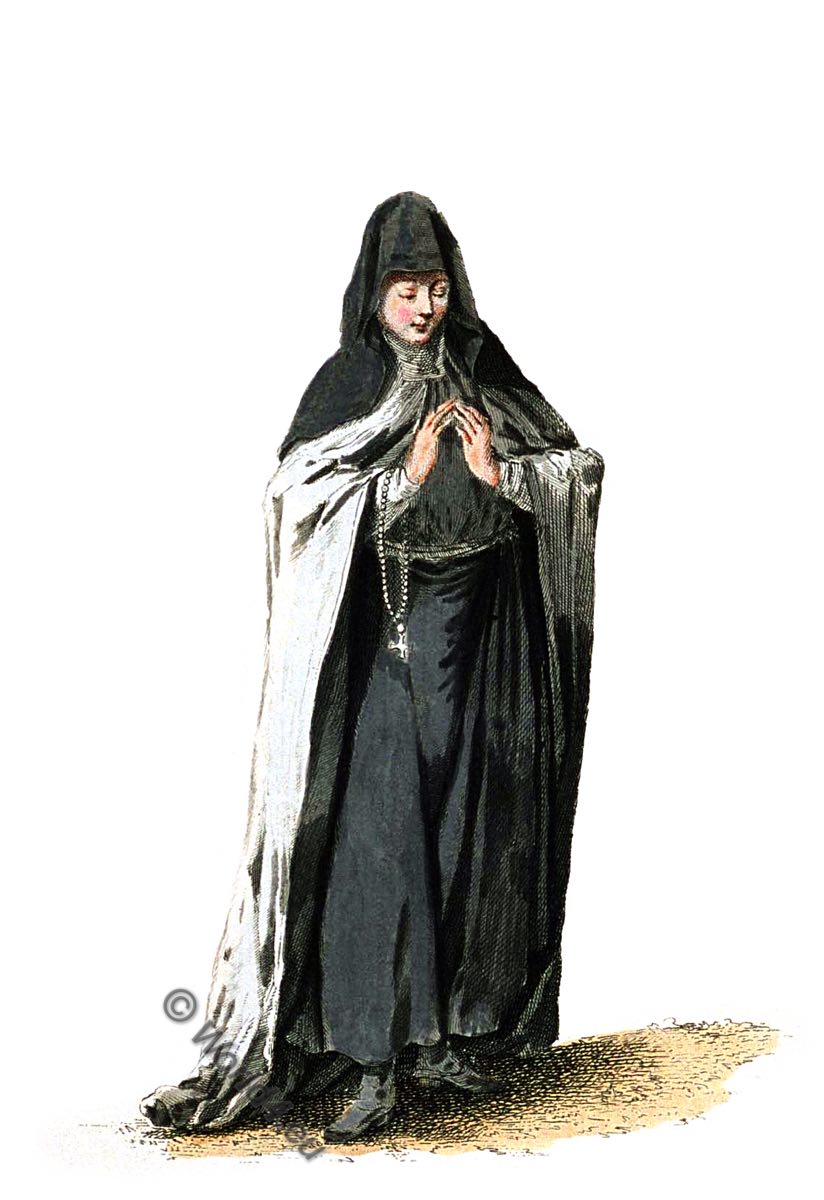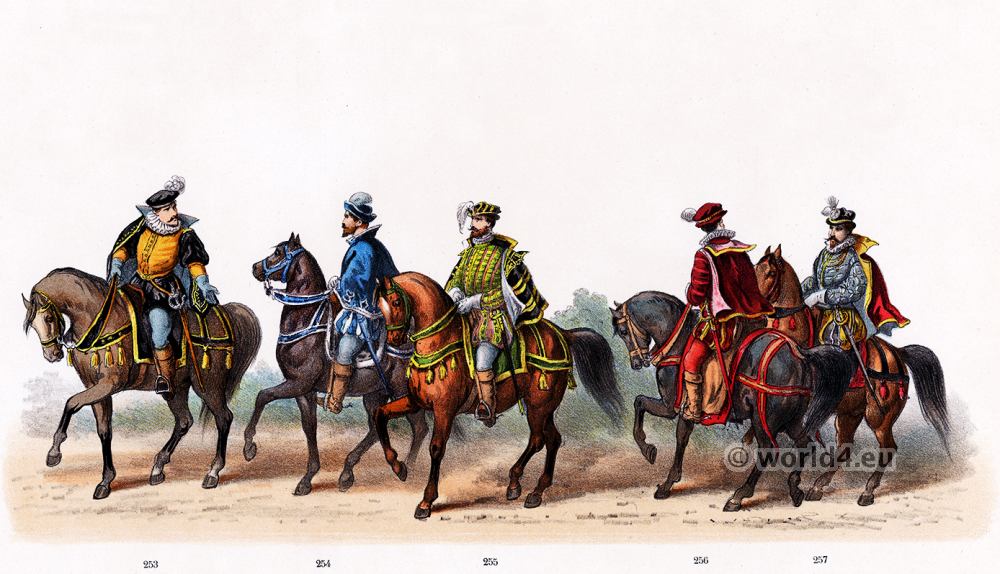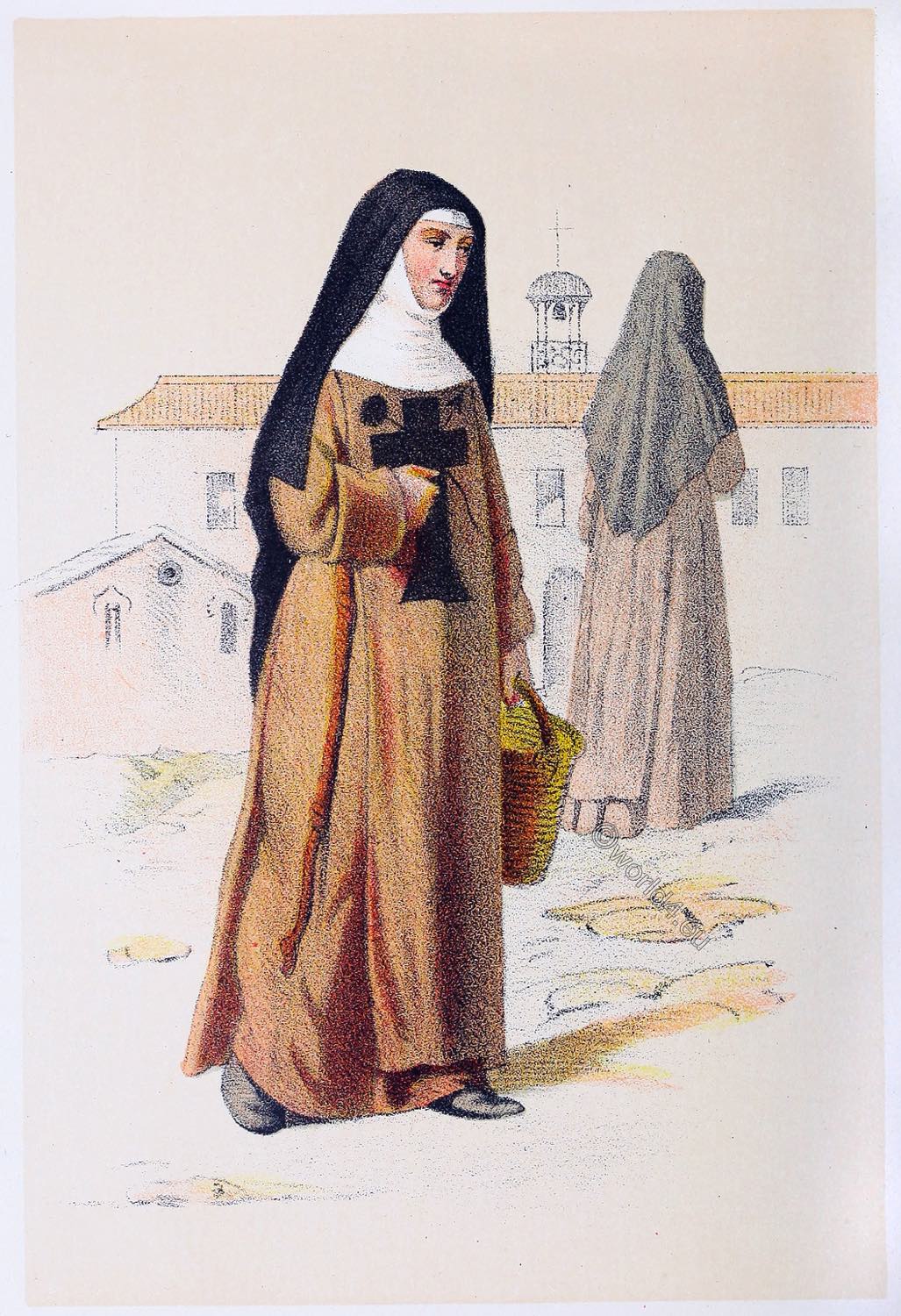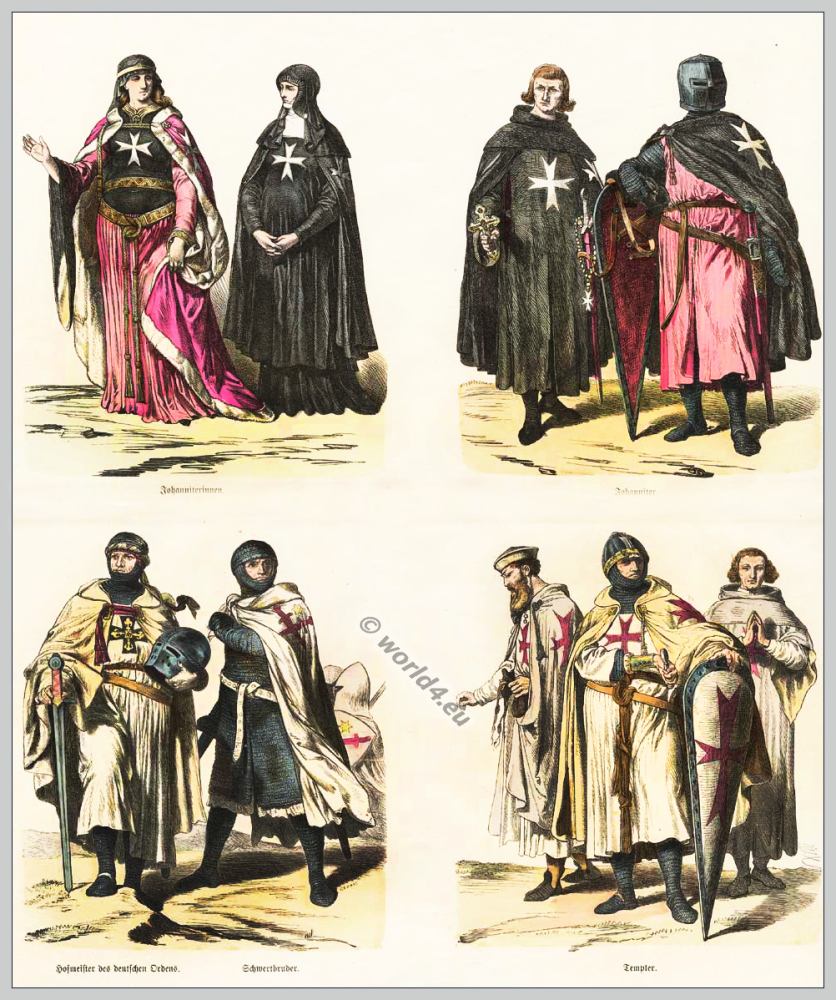The First Crusade was a Christian war campaign to conquer Palestine called by Pope Urban II in 1095. The original aim was to support the Byzantine Empire against Seljuks. The crusade began in 1096 as an armed pilgrimage of laymen on the one hand, and as a procession of several armies of knights from France, Germany and Italy on the other. It ended in 1099 with the capture of Jerusalem by an army of crusaders.
Table of content
The eleventh century — Pilgrimage to Jerusalem — Difficulties of pilgrims from Europe — The two Italian merchants — The first Hospital of St. John at Jerusalem — Jerusalem taken by the Turcmans — New miseries of pilgrims — Peter the Hermit — The First Crusade
The Knights hospitaller of St. John.
The eleventh century. The Knights of Malta.
In the middle of the eleventh century Jerusalem was in the hands of the Sultan of Egypt. Great multitudes of pilgrims came every year to visit the Holy Sepulchre, and the other Sacred Places both from the East and West, being required to pay for the privilege to the Mahomedan masters of the Holy Land.
The Eastern Christians, or Greeks, many of whom were subjects of the Sultan, were permitted to build houses within the city, where they could lodge their countrymen during their stay in the city. But the Western Christians, or Latins, had no such privilege accorded to them, and they were consequently subjected to great hardship and danger, and had the utmost difficulty in finding shelter of any kind within the city.
The Mohammedans would not admit them into their houses, through their hatred of Christianity; while the Greeks, on account of the schism between the Eastern and Western Churches, regarded them in much the same way that the Samaritans regarded the Jews in the time of our Lord.
The first Hospital of St. John at Jerusalem
It was at this time that some Italian merchants of Amalfi set themselves to provide some means to remedy this evil. Their business enabled them to gain access to the Sultan of Egypt, and by means of presents to him and to his principal courtiers, they succeeded in obtaining permission to build a house for the shelter of Latin pilgrims in Jerusalem, near the Holy Sepulchre.
Having obtained this they lost no time in carrying out their charitable purpose. Partly from their own resources and partly by means of alms collected by them from others, they built a convent and church. The former was filled with Benedictine monks, the latter was dedicated to St. Mary ad Latinos.
To this convent were attached two great Hospitals, one for men and one for women, each with its chapel, the one dedicated to St. John the Almoner, the other to St. Mary Magdalene.
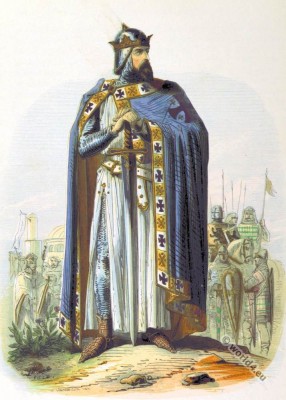
No sooner was it known that an Hospital had been founded at Jerusalem for the reception of pilgrims of the Latin Church, than many devout persons left home and country to devote themselves to the service of its inmates.
Others collected alms in Europe, and sent them to the Benedictine monks, who fed, clothed, and nursed their guests, many of whom had been stripped, wounded, and otherwise ill-treated by robbers or Mohammedans on their road to Jerusalem. But this good work had only just become established when it was well-nigh destroyed. The Turcomans, leaving their native plains in Tartary, were fired with a desire for conquest, and burst in vast numbers upon Asia, and everywhere carried havock and desolation upon its towns and inhabitants.
Jerusalem taken by the Saracen
In 1065, Jerusalem fell into their hands, and they committed the most terrible cruelties upon the Saracen and Christian population, almost all of whom were tortured and put to death. The buildings of the city were for the most part destroyed, the Holy Sepulchre being spared from mercenary motives, because permission to visit it might be made a fruitful source of revenue.
The miseries of pilgrims now became greater than ever. The permission to enter the city and visit the Holy Sepulchre could only be purchased for a large sum, the amount depending on the caprice or the covetousness of the chief who happened to be appointed to the charge for the time being ; so that many unfortunate persons who had sold everything to enable them to make the pilgrimage to Jerusalem, after enduring the hardships of a long voyage and journey, sickness, robbery, and other dangers, often found themselves at the gates of Jerusalem without sufficient money to gain an entrance, and were obliged to return without a sight of the object of their arduous undertaking, or even died in penury, uncared for and friendless, without any reward for their labors and sufferings.
Tidings of all this were gradually brought to Europe and the East, and everywhere caused the deepest grief and the highest indignation. But still nothing was done, or even suggested, to remedy the terrible evil. Some man was wanted to concentrate the feelings of Christendom, and to point out a line of action.
Peter the Hermit. The First Crusade.
This man was at last found in Peter the Hermit. This remarkable man possessed the faculty, not given to many, of rousing enthusiasm and creating a popular and universal course of action. He addressed himself first to the Patriarch of Constantinople, as being the most fit person to lead the Eastern Christians to rise for the defence of the Holy Places, and for the vindication of the right of Christians to visit them. But the Eastern Church, intimately connected as it was with the Eastern empire, shared also its weakness and lethargy, and Peter could do nothing at Constantinople. Indeed, everything in the East pointed to coming ruin.
Emperor after emperor was raised by faction, and put to death by violence; women and eunuchs ruled, and the successor of Constantine was but an ignoble puppet, without power, and without manliness. Peter, therefore, turned his back upon Constantinople, and appeared before the Pope; and then traversed the greater part of Europe, visiting one king after another, and pleading the cause of the suffering Christians in the East, and everywhere arousing the greatest enthusiasm for his projects; till, in 1095, the Councils of Placentia and Clermont brought matters to a definite issue, and the first Crusade was determined upon.
Related
Discover more from World4 Costume Culture History
Subscribe to get the latest posts sent to your email.


